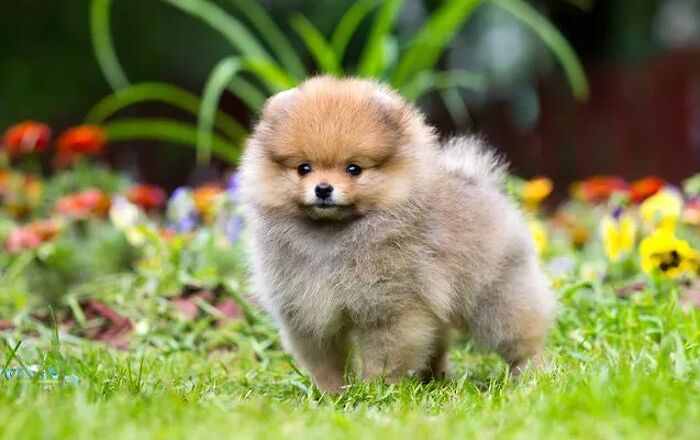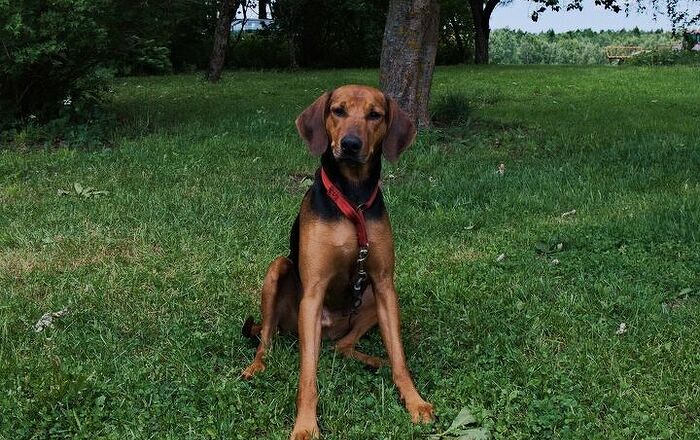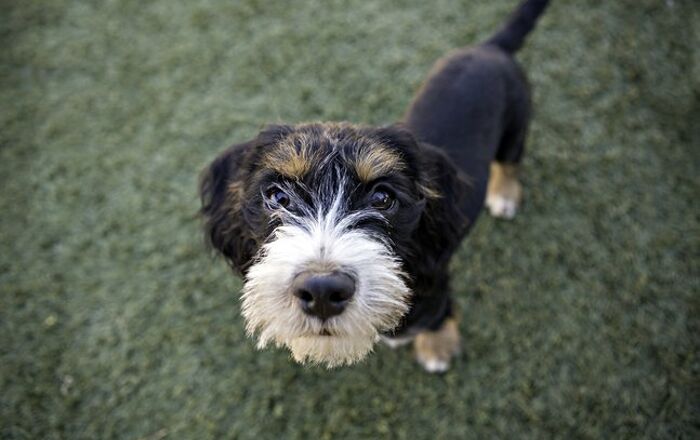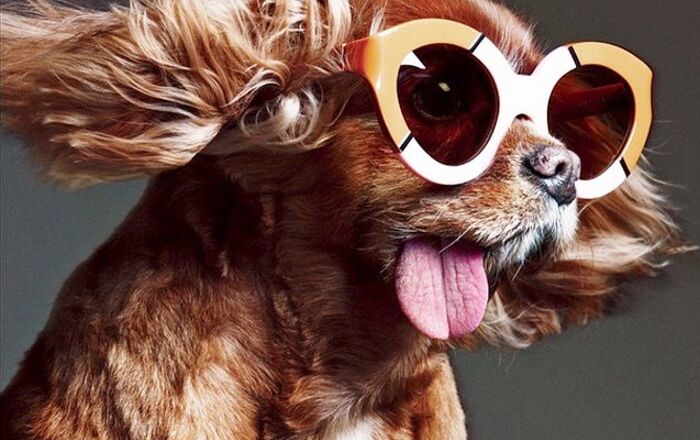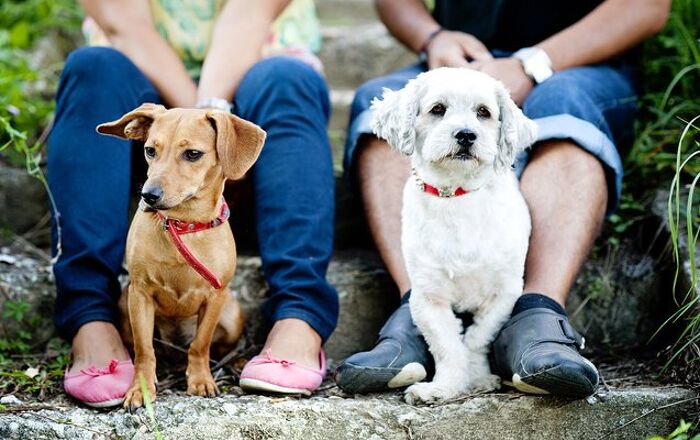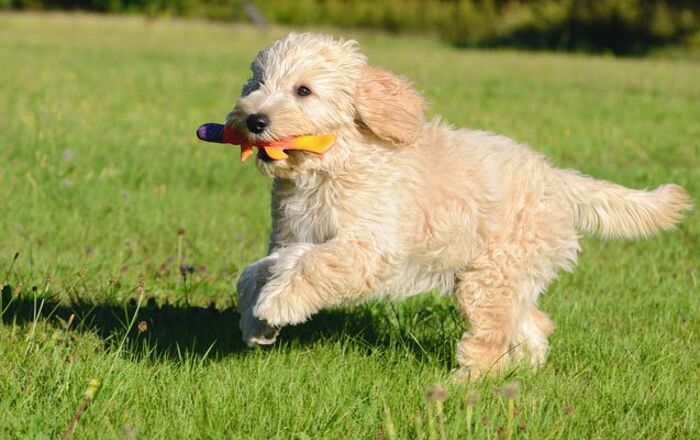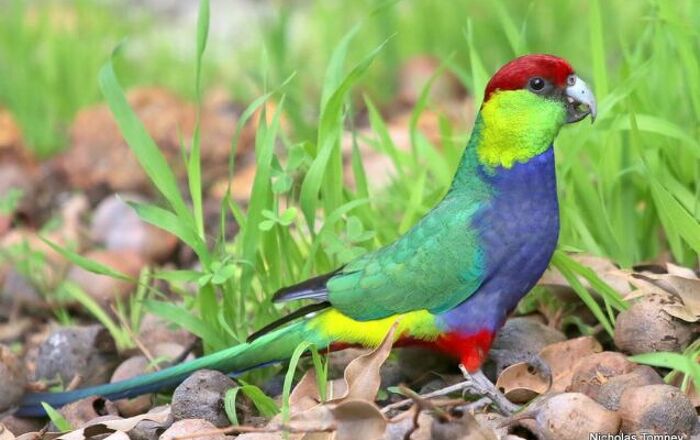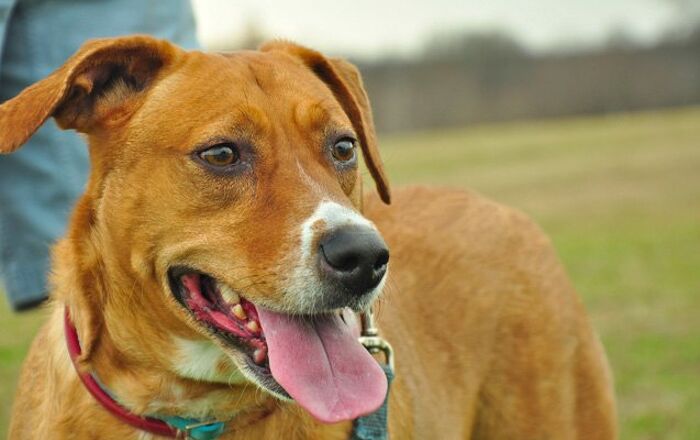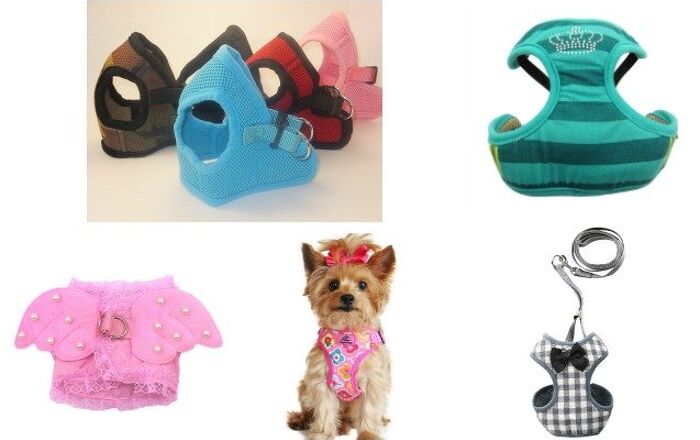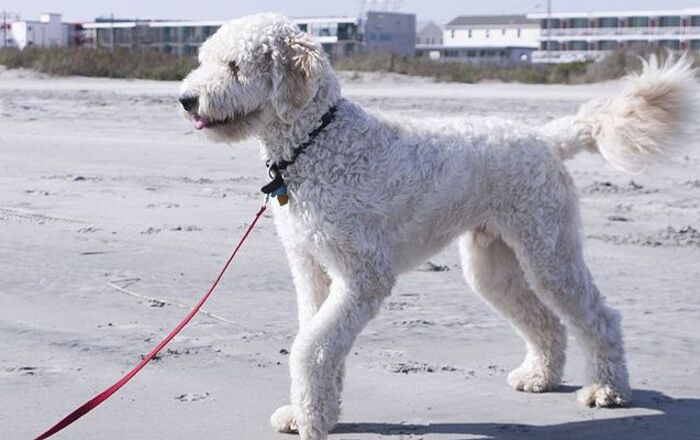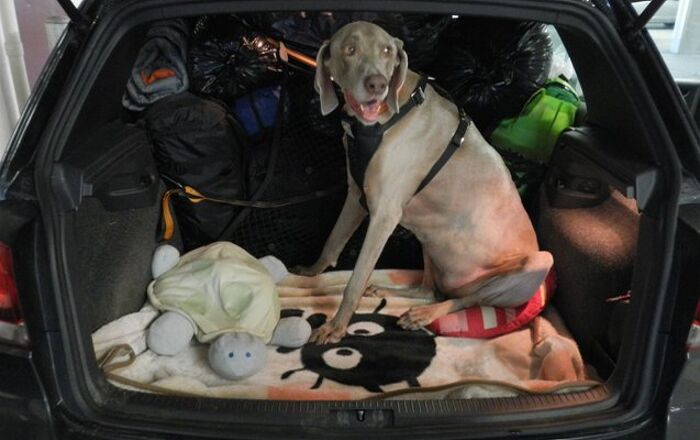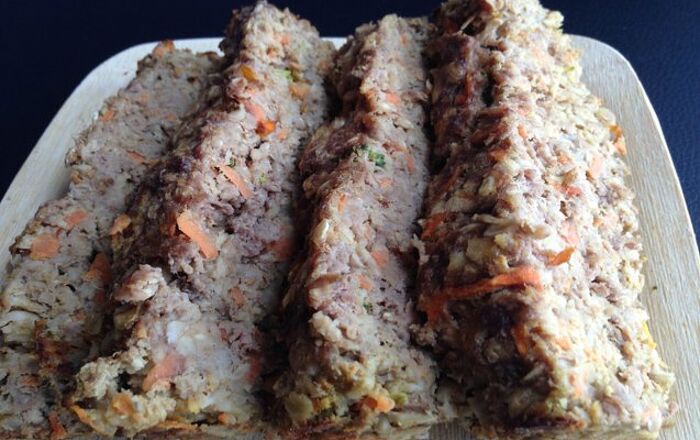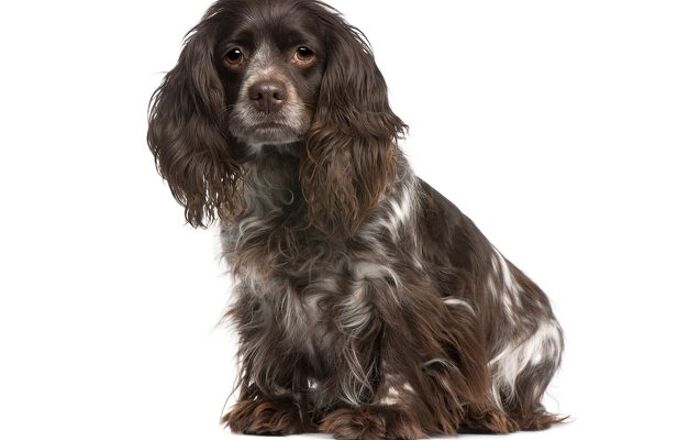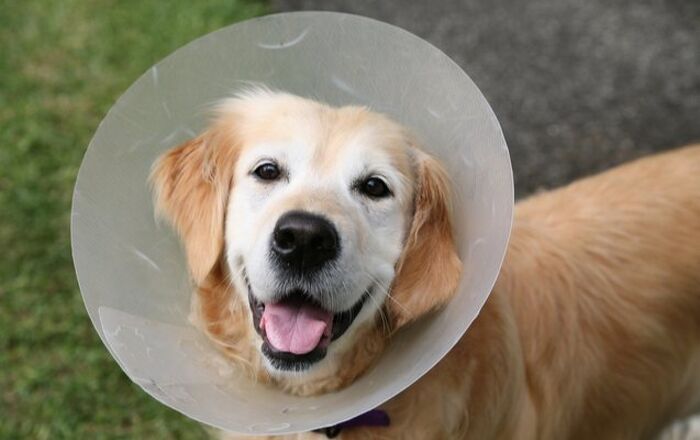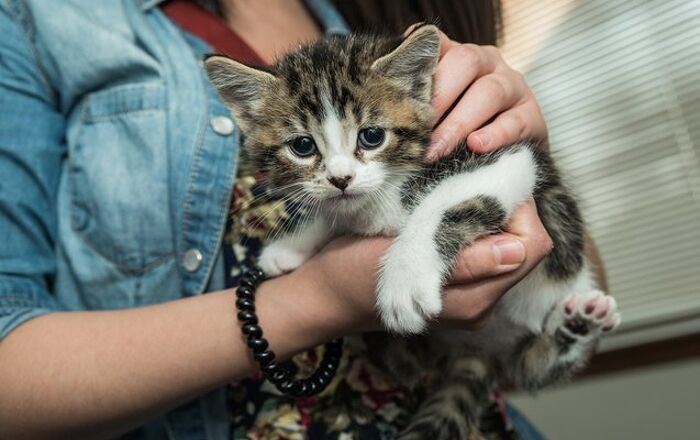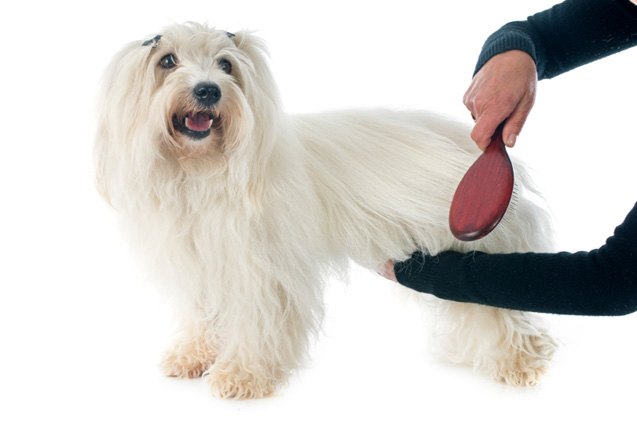
Keep it clean – how to stay on top of your dog’s grooming needs
While the majority of dogs will stay clean and healthy with a straightforward grooming regime of brushing, bathing, tooth brushing, nail trimming, and the occasional ear cleaning, some dogs have more specific needs. Dogs with certain traits might need you to add extra steps to their grooming routine to avoid problems occurring. If you’re considering bringing home a dog with special grooming needs, you need to be sure you’re willing to put in the additional time and effort.
Does Your Dog Have Special Needs?
Sometimes it’s obvious that your dog has special needs when it comes to grooming, but other times it might not be so clear. A number of reasons exist why your dogs might need some extra attention come grooming time. For instance, if your dog’s coat doesn’t shed naturally, he’ll need regular brushing to avoid getting mats in his coat, or if he has especially long ears, they may need to be cleaned more regularly.
Wrinkly Dogs
It’s especially important to spend extra time grooming your dog if he has folds or wrinkles in his skin, either just on his face or all over his body. These wrinkly areas are warm and moist, so if they’re dirty, bacteria will breed and this can lead to some nasty infections and other skin issues. Not only would it be uncomfortable and unpleasant for your pooch, you’d also get stuck with rather unpleasant vet bills. To avoid these problems occurring, you’ll need to clean your dog’s folds and wrinkles daily. You can get special wipes to use, but you can also use a clean cloth and a mild cleansing product, preferably one that doesn’t contain harsh chemicals. Common wrinkly breeds include pugs, Shar-Peis, bulldogs, and mastiffs.
Curly Coated Dogs
Curly coated dogs need special attention for a number of reasons, and more so than other long-haired dogs. Many dogs with curly coats are unable to shed their fur properly. It will come out from the root, but due to the texture of the coat, it won’t be able to completely shed from the rest of the fur. This can lead to some nasty tangles and mats. Dogs with this type of fur require daily brushing with a wire pin brush and occasional use of a shedding blade to help get that rogue hair out. Some owners find it easier to simply have their dog’s coat clipped short. You also need to be especially careful when bathing a curly pooch. Because the fur is so dense, it can be hard to rinse out all the shampoo. This can make your dog’s skin itchy and uncomfortable, and could also cause irritation. When bathing your pup, make certain that you’ve rinsed his coat thoroughly.
Long-Eared or Hairy-Eared Dogs
The majority of dogs don’t need much special attention paid to their ears. Just as long as you clean them semi-regularly – every couple of months or so – they’re just fine. However, some dogs are prone to getting ear infections and need their ears cleaned much more regularly than this, maybe as often as once or twice a week. It can get warm and damp in a dog’s ears, providing the ideal environment for bacteria to breed. If there’s a decent flow of ear getting into your four-legged friend’s ears, then he shouldn’t have a problem. However, breeds that have long, floppy ears or have lots of hair inside their ears don’t get lots of air in there and are therefore more inclined to get infections. As long as you keep your dog’s ears nice and clean inside, you’ll curb the growth of bacteria and should stop him from getting any uncomfortable ear problems.
Long-Coated Dogs
Some dogs, like the Afghan Hound, are blessed with long, beautiful coats that will attract compliments from anyone that sees them. However, that flowing coat of hair doesn’t look that beautiful without a little extra effort on your part. Your dog will need regular bathing and brushing to keep that coat clean, healthy, and mat-free. Take a moment to moisten your dog’s coat before brushing each time to prevent damaging or breaking the hair.
Regularly check areas that are at a higher risk of matting including the armpits, behind the ears, or around the collar. If you do find a mat forming, address it as soon as possible. You will also need to pay attention to the hair around your dog’s face after eating. You can use a head covering called a snood to keep your dog’s hair tucked away and out of their meals.
Double-Coated Dogs
Huskies, Bernese Mountain Dogs, and other dogs that were bred to spend time outdoors in the elements have a coat with two distinct layers. This includes a warm, woolly undercoat that insulates your dog from both the hot and cold temperatures while the longer guard hairs of the outer coat protect is repelling moisture and dirt. These dogs are known for shedding more than the average dog, so they require a lot of grooming to remove the loose hairs from the undercoat. To avoid matting, your dog should be brushed two or three times each week with a slicker brush, wide-tooth comb, or grooming rake. A basic bristle brush will help to remove any dead hairs from the top coat, leaving it with a beautiful shine.
You may find yourself tempted to shave your dog down during the summer months to keep him cool, however, it would be counterproductive. The insulating properties of the undercoat will help to protect your dog from the heat as well as from the dangers of the sun’s UV rays. The best approach is to maintain your grooming schedule throughout the summer months, brushing your dog regularly, and allow nature to do its work.
Corded Coats
With a unique coat that looks similar to dreadlocks, you may assume that dogs like the Puli and the Komondor will require minimal grooming. After all, they don’t need to be brushed as often as the average dog. However, a corded coat needs extra attention in order to keep it clean. Before bathing, take the time to carefully separate each cord, dampening it with a spray bottle. This will help to maintain the cords during bath time. Next, during shampooing, avoid scrubbing your dog’s fur in a circular motion. Instead, carefully squeeze the shampoo through the length of each cord before thoroughly rinsing. Corded coats can take a long time to dry, upwards of 12-24 hours. Once it has fully dried, take the time to separate each cord down to the base of the skin to prevent the cords from matting together as the fur continues to grow out.
We are committed to finding, researching, and recommending the best products. We earn commissions from purchases you make using the retail links in our product reviews. Learn more about how this works.
